Home>Home Appliances>Heating & Cooling>How To Bleed A Central Heating System
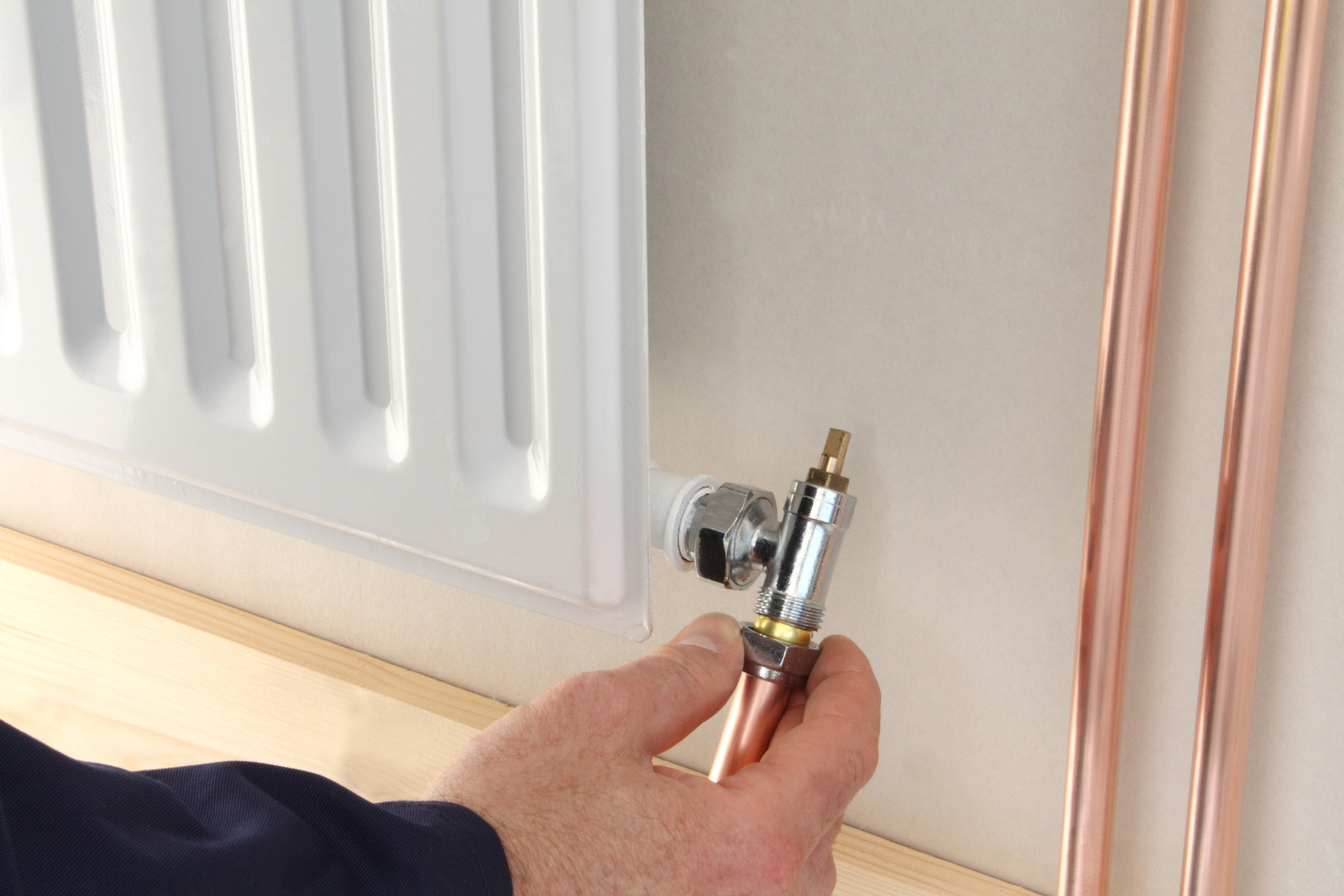

Heating & Cooling
How To Bleed A Central Heating System
Modified: February 18, 2024
Learn how to bleed a central heating system to improve its efficiency and keep your home warm. Follow our step-by-step guide for heating and cooling maintenance.
(Many of the links in this article redirect to a specific reviewed product. Your purchase of these products through affiliate links helps to generate commission for Storables.com, at no extra cost. Learn more)
Introduction
Bleeding a central heating system is a crucial maintenance task that ensures your home stays warm and comfortable during the colder months. Over time, air can become trapped within the system, causing reduced efficiency and uneven heating. By bleeding the system, you can release this trapped air, allowing hot water to circulate freely and effectively throughout your home.
Properly maintaining your central heating system not only ensures optimal performance but also extends its lifespan, saving you money on costly repairs and replacements. Whether you're a seasoned homeowner or a first-time property owner, understanding how to bleed a central heating system is a valuable skill that can help you maintain a cozy and efficient home environment.
In this comprehensive guide, we will delve into the essential steps and tools needed to bleed a central heating system effectively. By following these instructions, you can restore your heating system to its peak performance and enjoy a warm, comfortable home throughout the winter months.
Key Takeaways:
- Regularly bleeding your central heating system removes trapped air, ensuring efficient heating and lower energy bills. It’s like giving your home’s heating a breath of fresh air!
- Safety first! Always turn off the heating, use protective gloves, and dispose of water responsibly when bleeding your central heating system. Keep your home cozy and safe.
Read more: What Is Central Heating
Understanding the Central Heating System
A central heating system is a vital component of any home, responsible for providing warmth and comfort during the colder months. This system typically consists of a boiler, radiators, and a network of pipes that distribute hot water or steam throughout the house. The boiler, often powered by gas, oil, or electricity, heats the water, which is then circulated through the pipes to radiators located in various rooms.
Understanding the key elements of a central heating system is essential for effectively maintaining and troubleshooting any issues that may arise. The boiler serves as the heart of the system, generating the heat that warms the water. It is crucial to ensure that the boiler is in good working condition and serviced regularly to maintain its efficiency.
The radiators, strategically placed throughout the house, are responsible for releasing the heat into the rooms. When the hot water flows through the radiators, it transfers its heat to the surrounding air, raising the room temperature and creating a comfortable indoor environment.
In addition to the boiler and radiators, the system includes a network of pipes that connect these components, allowing the hot water to circulate efficiently. Over time, air can become trapped within these pipes and radiators, hindering the smooth flow of hot water and reducing the system's overall effectiveness.
Understanding the central heating system's basic functionality and components is crucial for identifying potential issues such as trapped air, which can lead to reduced heating efficiency and uneven temperature distribution throughout the house. By recognizing the role of each element within the system, homeowners can better comprehend the importance of regular maintenance, including bleeding the system to remove trapped air and ensure optimal performance.
Maintaining a clear understanding of how the central heating system operates empowers homeowners to take proactive measures to keep the system running smoothly, ultimately contributing to a warm and comfortable living environment for the entire household.
Signs that Your Central Heating System Needs Bleeding
-
Cold Spots on Radiators: If you notice cold spots at the top of your radiators while the bottom remains warm, it's a clear indication that air has become trapped within the system. This trapped air prevents the hot water from circulating effectively, resulting in uneven heating.
-
Unusual Noises: Gurgling or bubbling sounds emanating from the radiators or boiler are often a sign of trapped air within the system. As the air moves through the pipes and radiators, it creates these distinct noises, signaling the need for bleeding.
-
Reduced Heating Efficiency: If your home takes longer to reach the desired temperature or certain rooms feel significantly colder than others, it could be due to air pockets hindering the flow of hot water. Bleeding the system can restore its efficiency and ensure consistent heating throughout the house.
-
Boiler Pressure Fluctuations: A central heating system with trapped air may experience fluctuations in boiler pressure. If you notice that the pressure gauge on your boiler fluctuates frequently, it's a strong indication that air is interfering with the system's water circulation.
-
Increased Energy Bills: Trapped air can cause the central heating system to work harder to achieve the desired temperature, leading to increased energy consumption and higher utility bills. If you observe a sudden spike in your heating costs without a corresponding increase in usage, it may be time to bleed the system.
-
Inconsistent Heating: Rooms that were previously well-heated may suddenly become cooler, indicating an imbalance in the system's heat distribution. Bleeding the central heating system can address this issue and restore consistent warmth throughout the house.
-
Regular Maintenance Schedule: As part of routine central heating system maintenance, bleeding should be performed at regular intervals to prevent the accumulation of trapped air. If it has been some time since the last bleeding, it's advisable to inspect the system for signs of air buildup.
Recognizing these signs is crucial for maintaining a comfortable and efficient home environment. By addressing trapped air through the bleeding process, homeowners can ensure that their central heating system operates at its best, providing consistent warmth and comfort throughout the colder months.
Tools and Materials Needed
To effectively bleed a central heating system, you will need the following tools and materials:
-
Radiator Key or Bleed Key: This specialized key is designed to fit the bleed valve on radiators. It allows you to open the valve and release trapped air from the system. Radiator keys are typically inexpensive and can be found at hardware stores or online.
-
Cloth or Towel: Keep a cloth or towel handy to catch any water that may drip from the bleed valve during the bleeding process. This will help prevent water from spilling onto the floor and ensure a tidy work area.
-
Container or Bowl: Having a small container or bowl on hand is useful for collecting any water that emerges when bleeding the radiators. This helps prevent water from spilling onto the floor and allows for easy disposal once the bleeding process is complete.
-
Pressure Gauge (Optional): While not essential, a pressure gauge can be helpful for monitoring the central heating system's pressure before and after bleeding. This allows you to ensure that the system maintains the correct pressure levels for optimal performance.
-
Central Heating System Manual: It's always beneficial to have the manual for your central heating system on hand. The manual provides valuable information on the specific bleeding procedure recommended by the manufacturer, as well as important safety guidelines.
-
Protective Gloves: As a safety precaution, wearing protective gloves is advisable, especially if the radiators are hot. Gloves can protect your hands from potential burns and provide a better grip when using the radiator key.
-
Flashlight (if needed): In some cases, radiators may be located in dimly lit areas, making it challenging to locate the bleed valve. A flashlight can be helpful for illuminating the area and facilitating the bleeding process.
By ensuring that you have these tools and materials readily available, you can confidently proceed with bleeding your central heating system. Proper preparation and the right equipment are essential for a smooth and successful bleeding process, allowing you to maintain a warm and comfortable home environment.
Steps to Bleed a Central Heating System
-
Turn Off the Heating: Before beginning the bleeding process, ensure that the central heating system is turned off and allowed to cool down. This precaution is essential for safety and prevents hot water from spilling out when the radiator is opened.
-
Locate the Bleed Valve: Each radiator in your home will have a bleed valve, typically located at the top of the radiator. Using a radiator key or bleed key, fit the tool onto the square-shaped bleed valve.
-
Prepare for Bleeding: Place a cloth or towel beneath the radiator to catch any water that may drip during the bleeding process. Position a small container or bowl nearby to collect the water released from the radiator.
-
Open the Bleed Valve: With the radiator key in place, slowly turn the key in an anti-clockwise direction to open the bleed valve. You should hear a hissing sound as the trapped air escapes. Keep turning the key until water begins to flow steadily from the valve.
-
Monitor the Pressure (Optional): If you have a pressure gauge, you can monitor the central heating system's pressure as the bleeding progresses. This allows you to ensure that the pressure remains within the recommended range.
-
Close the Bleed Valve: Once water flows consistently from the bleed valve without any air pockets, carefully close the valve by turning the key in a clockwise direction. Be cautious not to overtighten the valve to avoid damaging it.
-
Repeat the Process: Proceed to bleed all the radiators in your home, starting from the lowest floor and working your way up. This ensures that any trapped air throughout the system is effectively released.
-
Check the Pressure: After bleeding all the radiators, check the central heating system's pressure to ensure it is at the appropriate level. If necessary, you can repressurize the system according to the manufacturer's guidelines.
-
Turn On the Heating: Once the bleeding process is complete and the system's pressure is verified, you can turn the central heating system back on. Allow the system to run for a while and check that all radiators are heating evenly.
-
Dispose of Collected Water: Safely dispose of the water collected during the bleeding process and ensure that the work area is clean and dry.
By following these steps, you can effectively bleed your central heating system, releasing trapped air and restoring its efficiency. Regularly bleeding the system as part of your home maintenance routine helps ensure consistent heating and optimal performance throughout the colder months.
Read more: How To Use Central Heating
Tips and Precautions
When it comes to bleeding a central heating system, certain tips and precautions can help ensure a safe and effective process. By keeping these considerations in mind, homeowners can navigate the bleeding procedure with confidence and maintain their central heating system in top condition.
Safety First
Prioritize safety throughout the bleeding process. Always allow the central heating system to cool down before attempting to bleed the radiators. Hot water can cause burns, so it's crucial to handle the radiators and bleed valves with caution. Wearing protective gloves is advisable, especially when working with hot radiators.
Regular Maintenance
Incorporate bleeding the central heating system into your regular home maintenance schedule. By bleeding the radiators at least once a year, you can prevent the accumulation of trapped air and maintain the system's efficiency. Regular bleeding also helps identify and address any potential issues early on, contributing to the longevity of your central heating system.
Start from the Lowest Point
When bleeding the radiators, begin with those on the lowest floor of your home and work your way up. This approach allows trapped air to be released effectively, ensuring that the entire system is free from air pockets. By systematically bleeding each radiator, you can optimize the performance of the central heating system.
Read more: How To Install Central Heating
Monitor the Pressure
If your central heating system is equipped with a pressure gauge, use it to monitor the system's pressure before, during, and after bleeding. This allows you to ensure that the pressure remains within the recommended range. If the pressure is too low after bleeding, refer to the manufacturer's guidelines for repressurizing the system.
Check for Leaks
While bleeding the radiators, take the opportunity to inspect the system for any signs of leaks or corrosion. Look for water seepage around the radiator valves or connections. If you notice any leaks, it's essential to address them promptly to prevent water damage and maintain the system's integrity.
Professional Assistance
If you encounter any challenges or are unsure about bleeding your central heating system, don't hesitate to seek professional assistance. A qualified heating engineer can provide expert guidance and ensure that the bleeding process is carried out correctly. Additionally, if you notice persistent issues with your central heating system, such as recurring air buildup, professional assessment may be necessary to identify and address underlying issues.
Environmental Considerations
When disposing of the water collected during the bleeding process, ensure that it is done in accordance with local regulations. Avoid spilling water onto the floor and take measures to contain and dispose of the water responsibly. Keeping the work area clean and dry contributes to a safe and environmentally conscious approach to maintenance.
By adhering to these tips and precautions, homeowners can approach the task of bleeding their central heating system with confidence and diligence. Prioritizing safety, regular maintenance, and attention to detail ensures that the central heating system operates efficiently, providing consistent warmth and comfort for the household.
Read more: How To Turn On Central Heating
Conclusion
In conclusion, understanding how to bleed a central heating system is a valuable skill that empowers homeowners to maintain a warm and comfortable living environment. By recognizing the signs that indicate the need for bleeding, such as cold spots on radiators, unusual noises, and reduced heating efficiency, individuals can take proactive steps to address trapped air within the system. Regular maintenance, including bleeding the central heating system, is essential for ensuring optimal performance and extending the system's lifespan.
The process of bleeding a central heating system involves a systematic approach, starting with turning off the heating and locating the bleed valves on each radiator. With the right tools and materials on hand, homeowners can effectively release trapped air from the system, restoring its efficiency and promoting consistent heating throughout the home. Monitoring the system's pressure, starting from the lowest point, and checking for leaks are important considerations during the bleeding process.
By incorporating regular bleeding into their home maintenance routine, homeowners can prevent the accumulation of trapped air, reduce energy consumption, and maintain a comfortable indoor environment. Safety precautions, such as allowing the system to cool down before bleeding, wearing protective gloves, and disposing of collected water responsibly, contribute to a safe and environmentally conscious approach to maintenance.
In the event of challenges or uncertainty, seeking professional assistance from a qualified heating engineer is advisable. Professional guidance can ensure that the bleeding process is carried out correctly and address any underlying issues with the central heating system.
Ultimately, the ability to bleed a central heating system empowers homeowners to take proactive measures in maintaining their home's comfort and efficiency. By following the outlined steps, incorporating regular maintenance, and adhering to safety precautions, individuals can ensure that their central heating system operates at its best, providing reliable warmth and comfort throughout the colder months.
Frequently Asked Questions about How To Bleed A Central Heating System
Was this page helpful?
At Storables.com, we guarantee accurate and reliable information. Our content, validated by Expert Board Contributors, is crafted following stringent Editorial Policies. We're committed to providing you with well-researched, expert-backed insights for all your informational needs.
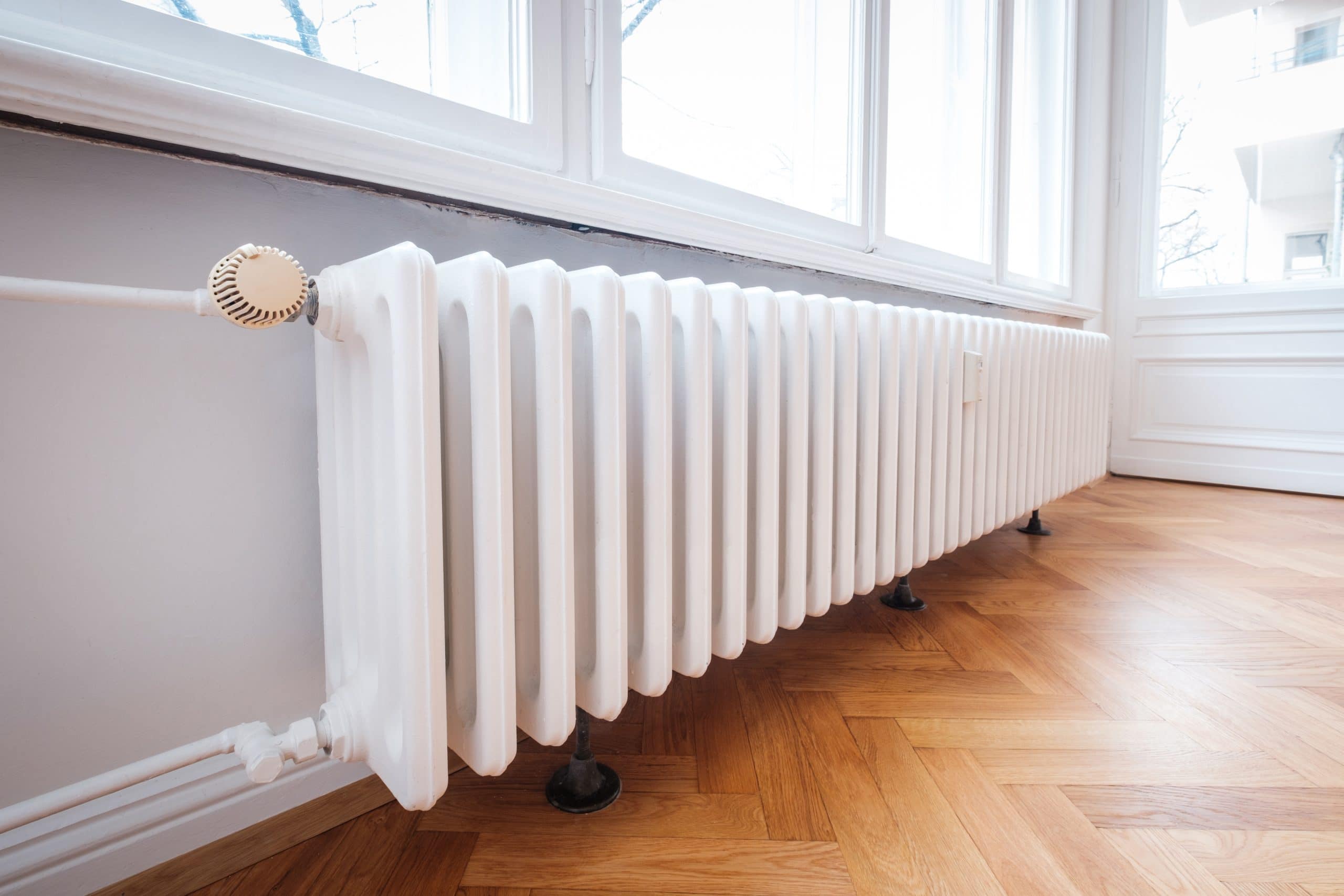
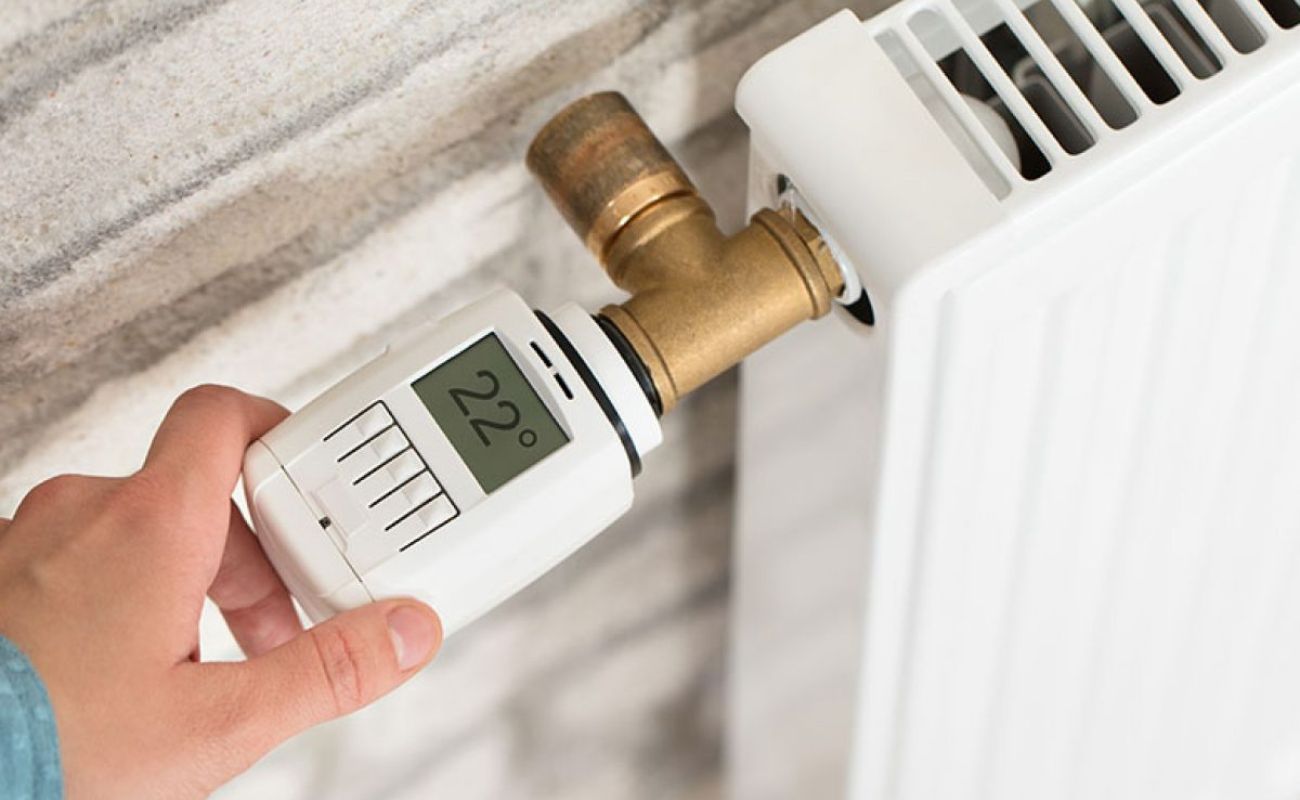
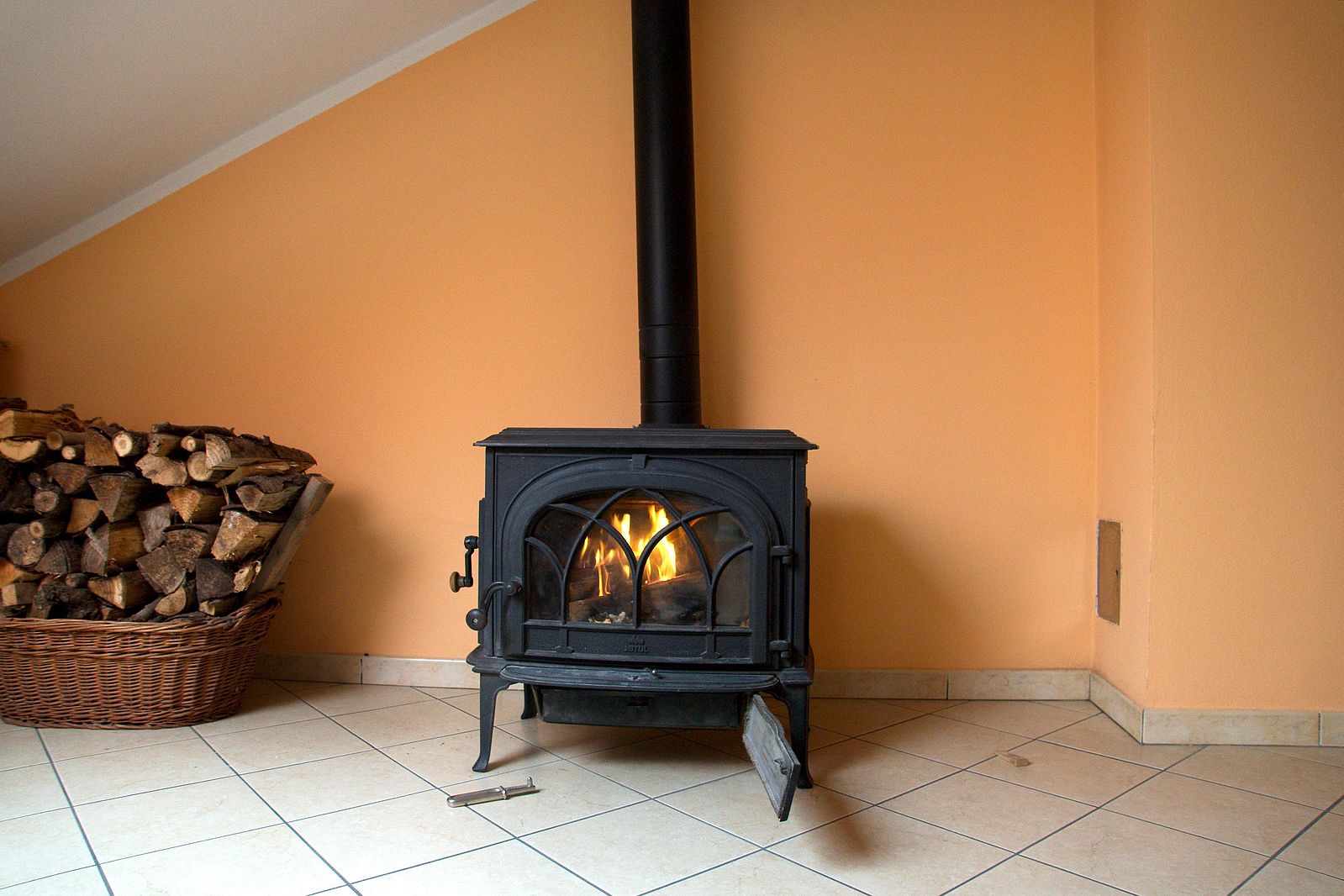
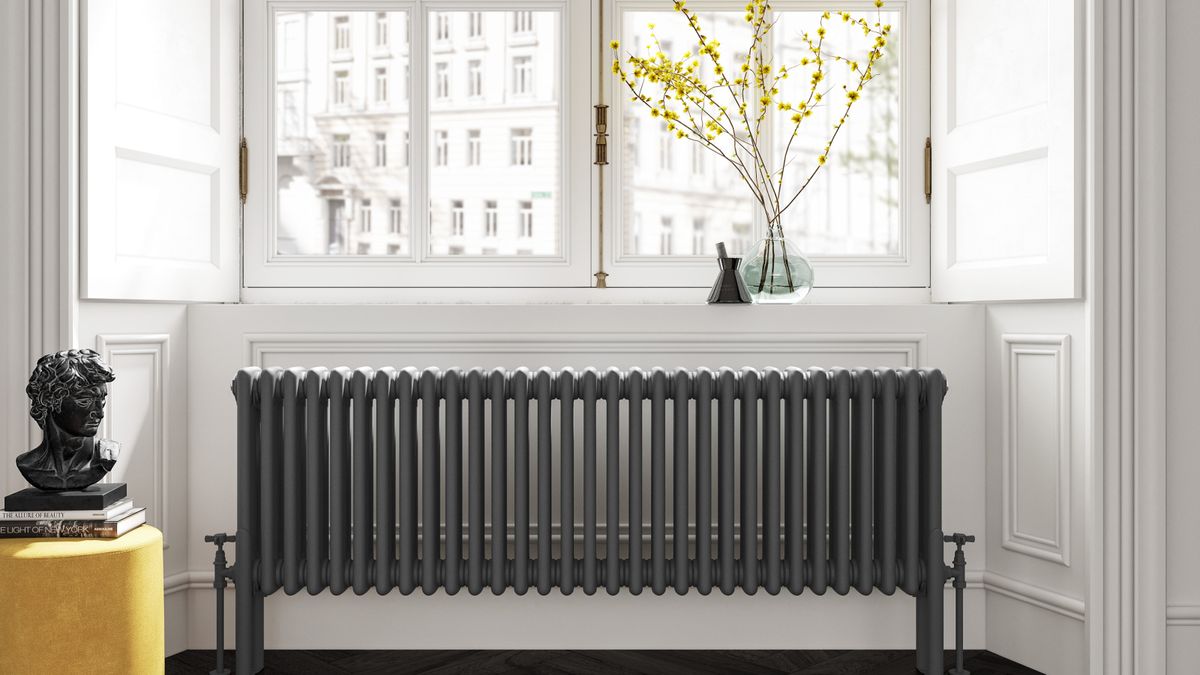
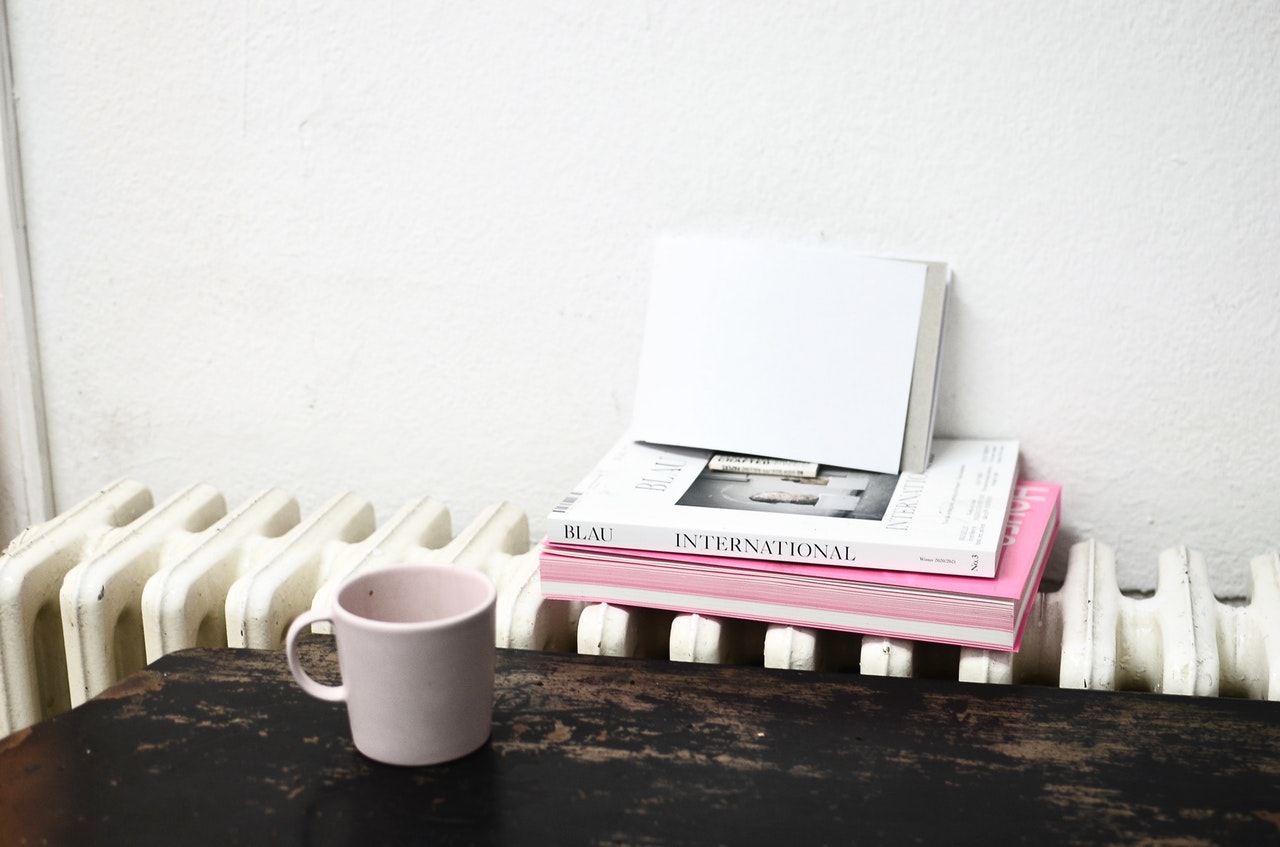
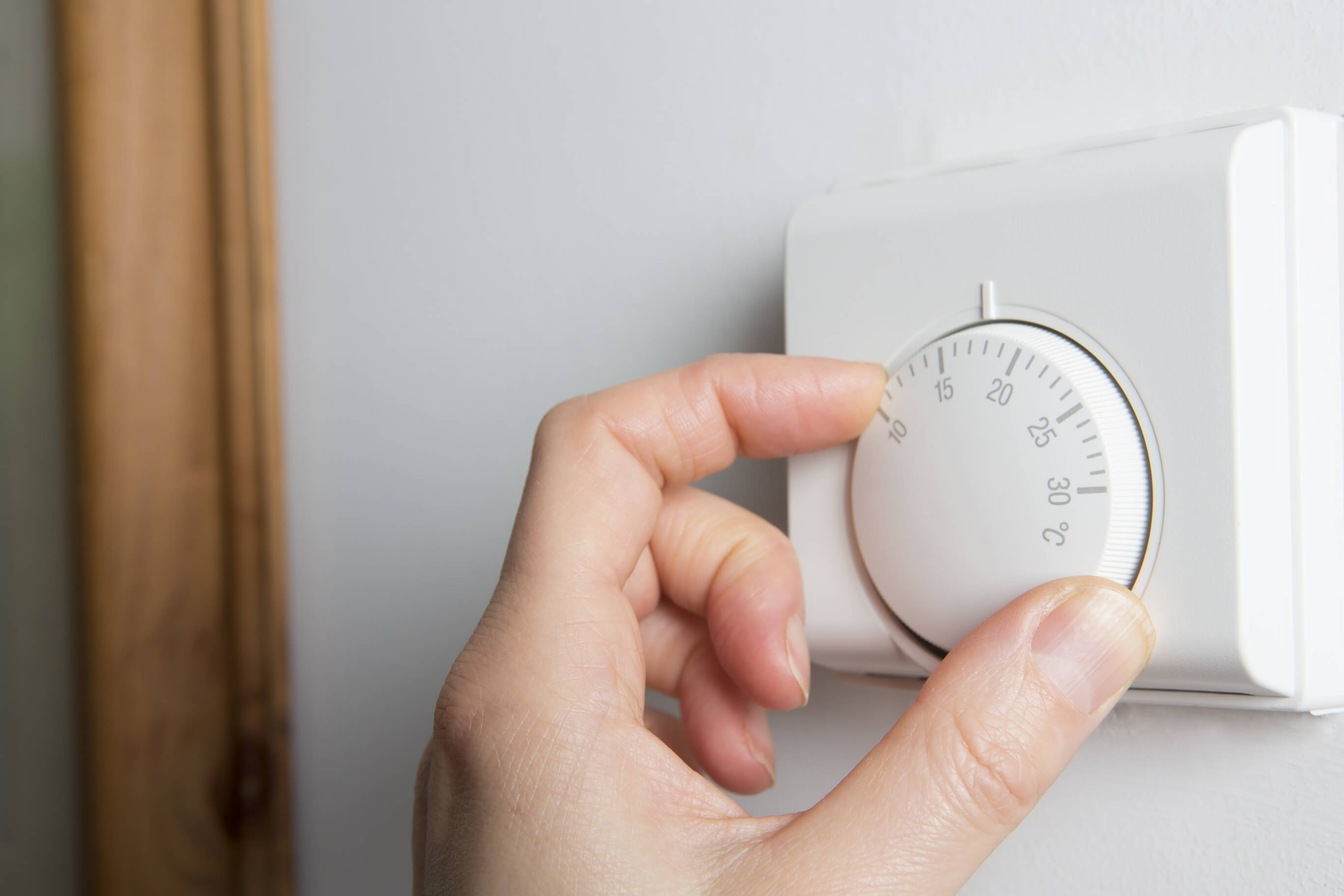
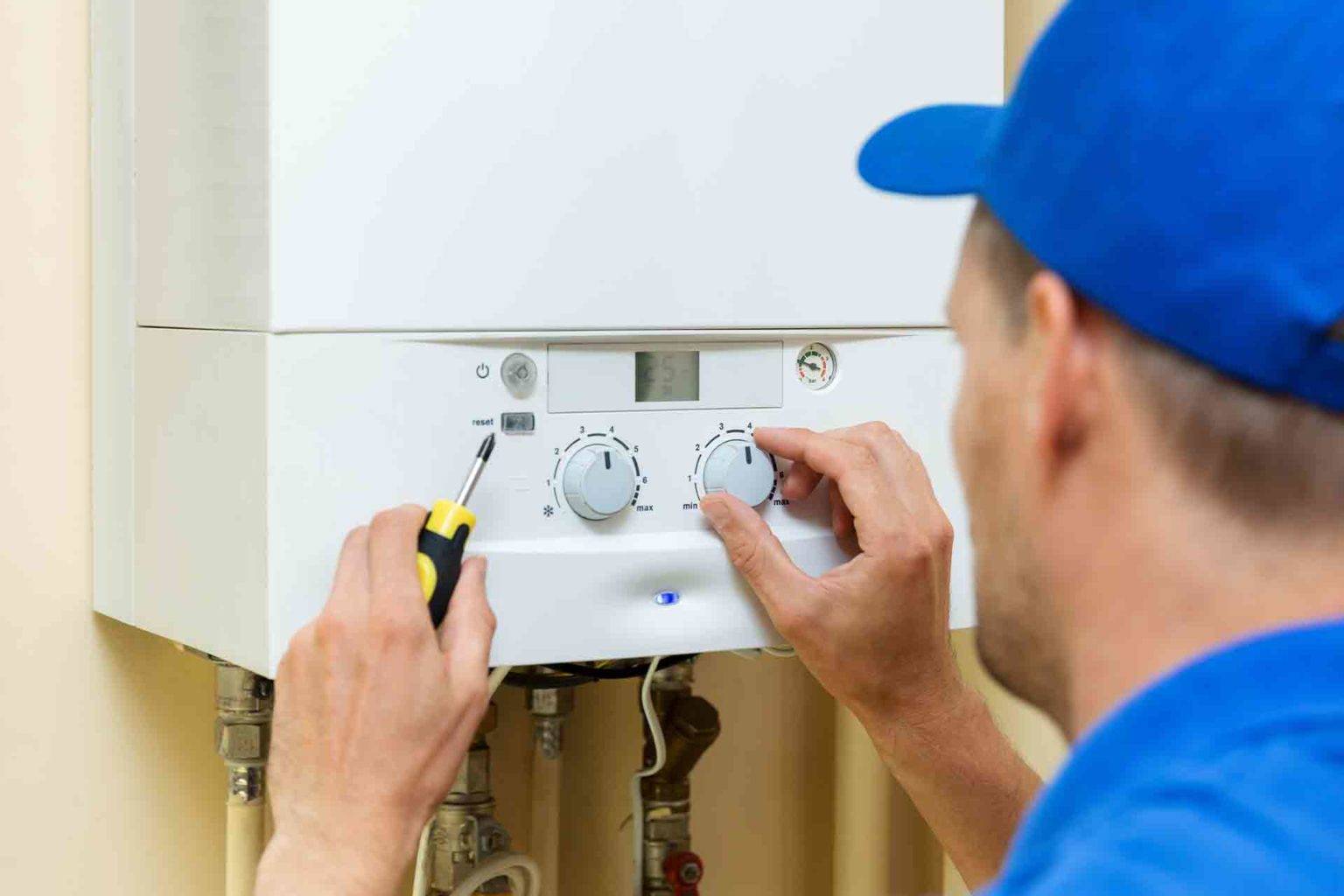
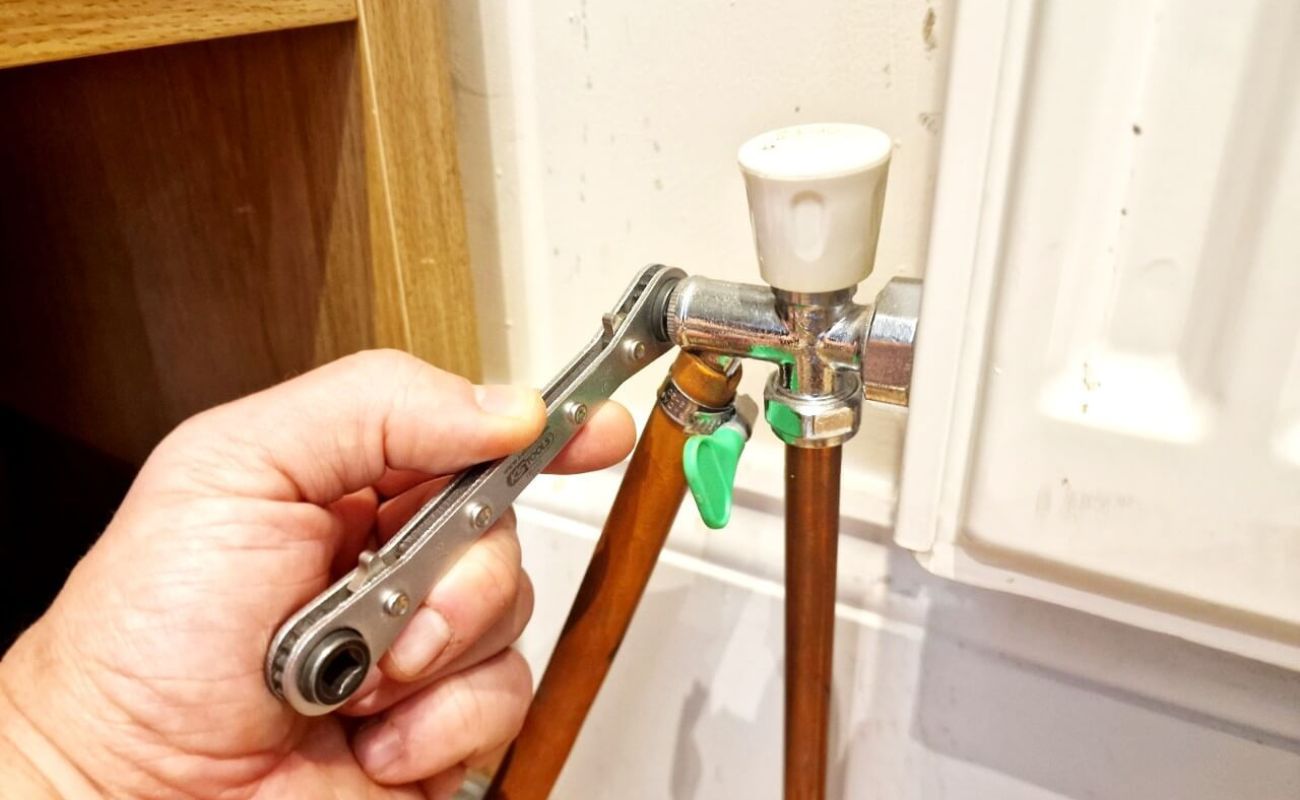
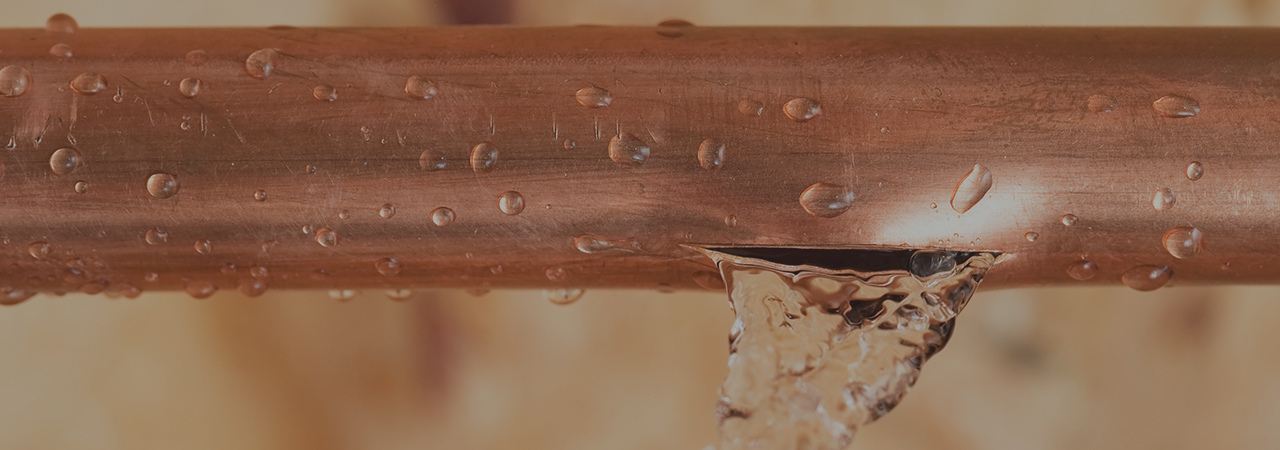

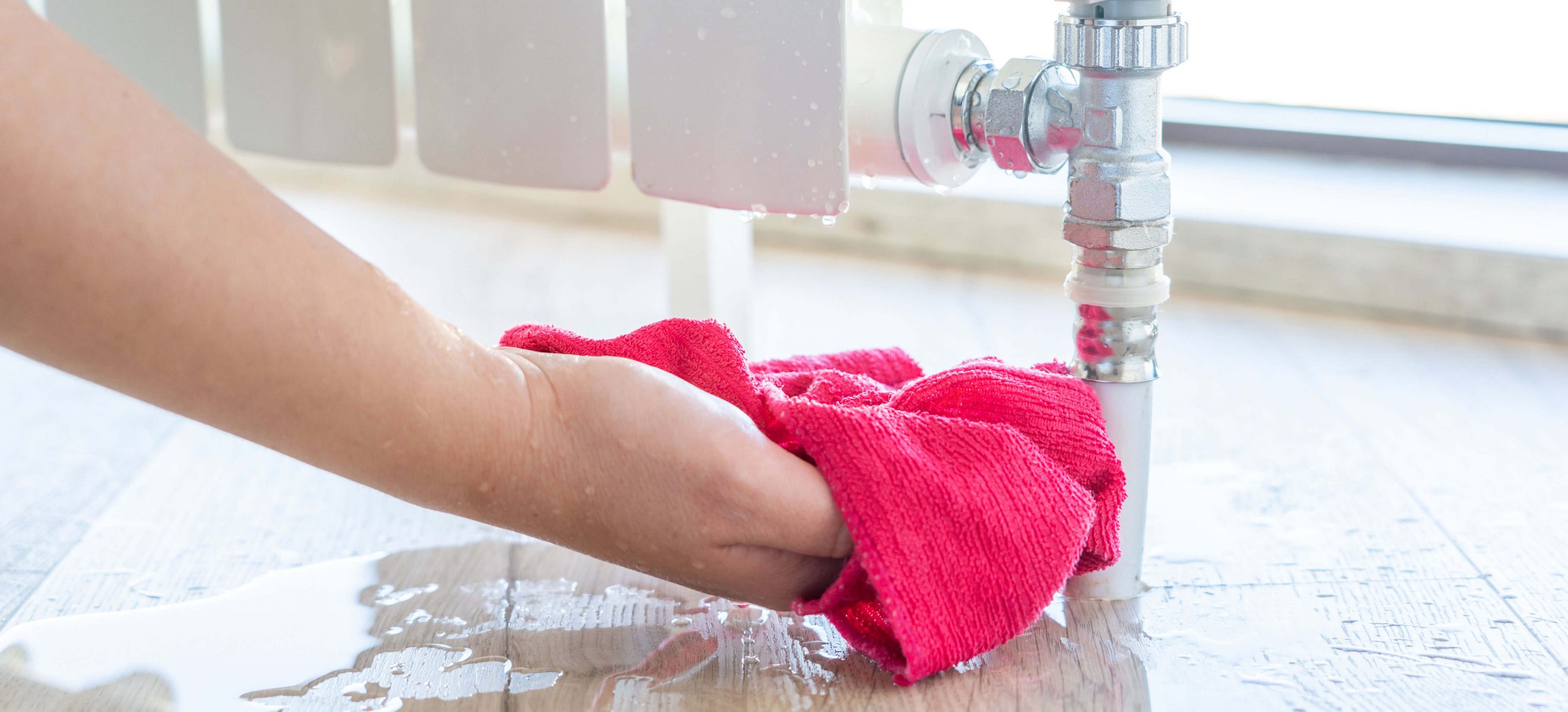
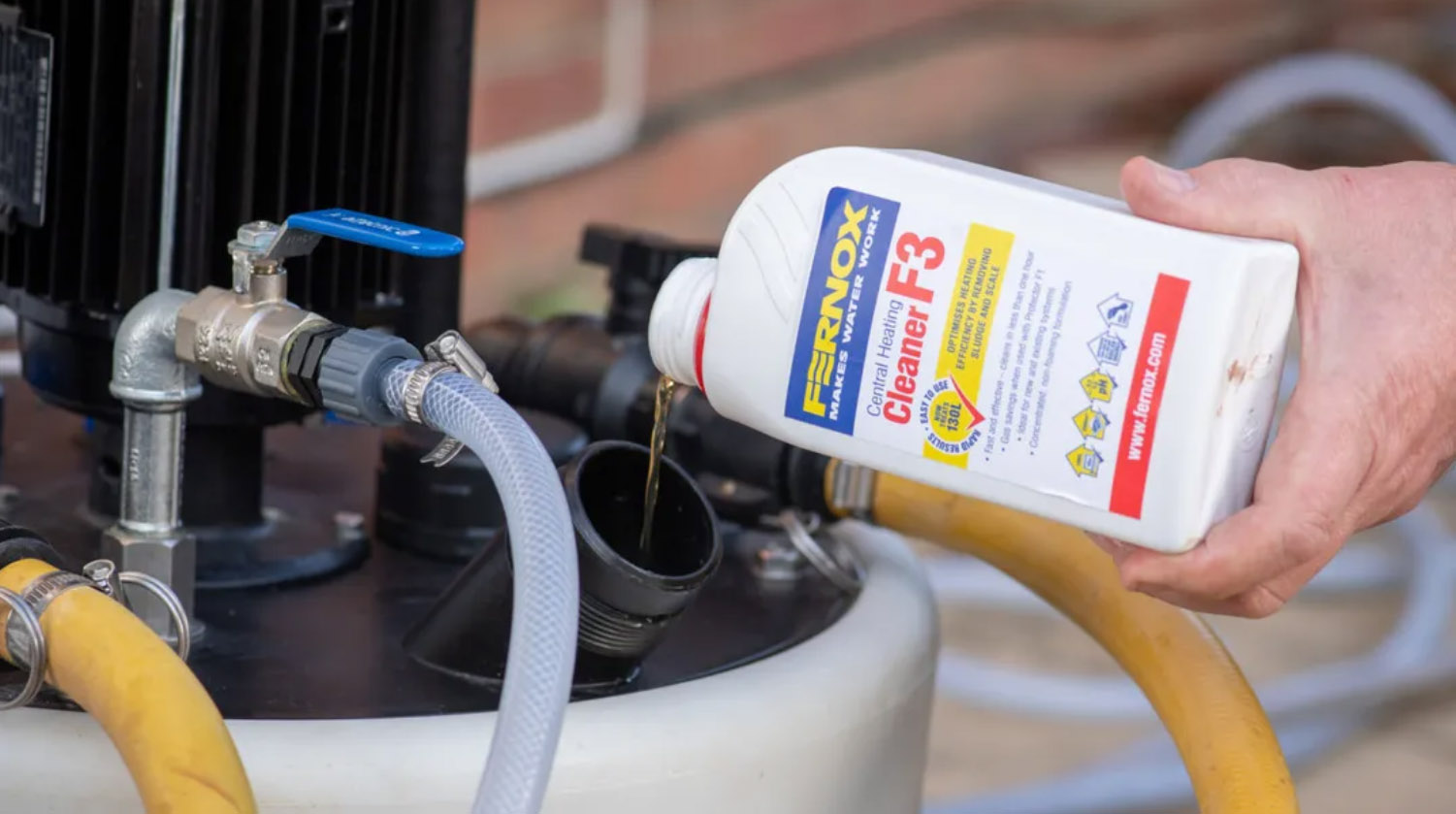

0 thoughts on “How To Bleed A Central Heating System”